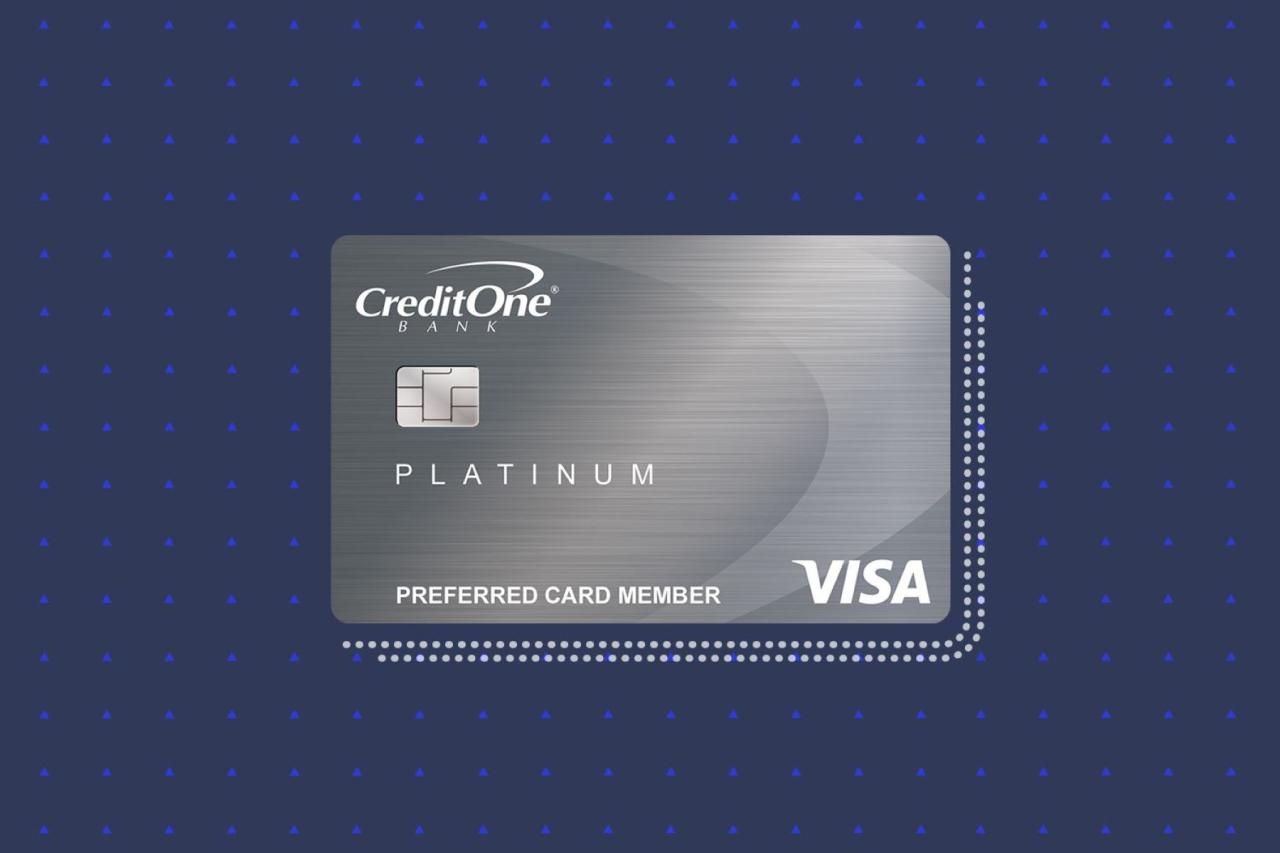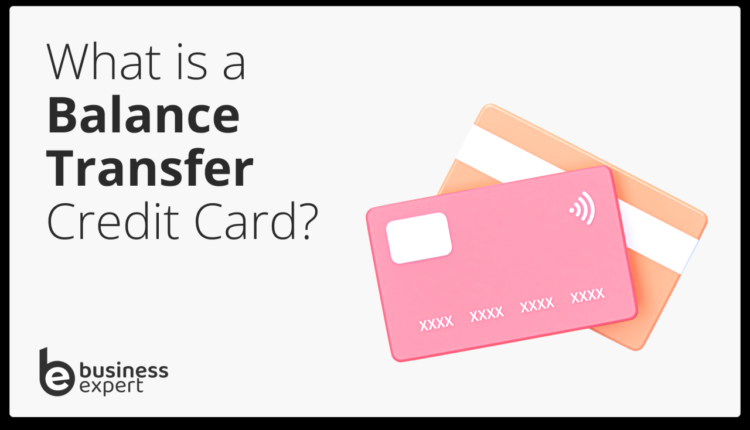
Business credit card transfer balance – Business credit card balance transfers can be a powerful tool for managing your business finances. By transferring high-interest balances to a card with a lower APR, you can potentially save on interest charges and gain some breathing room in your budget. But before you dive in, it’s essential to understand the intricacies of balance transfers, including the potential benefits, drawbacks, and the process involved.
This guide explores the ins and outs of business credit card balance transfers, providing you with the information you need to make informed decisions about whether this strategy is right for your business.
Understanding Business Credit Card Balance Transfers
A business credit card balance transfer allows you to move outstanding balances from one credit card to another, often with the goal of taking advantage of a lower interest rate or a promotional period. This strategy can potentially save you money on interest charges and help you pay off your debt faster.
Benefits of Business Credit Card Balance Transfers
Transferring balances can offer several benefits, particularly for businesses facing high interest rates on existing credit cards.
- Lower Interest Rates: Balance transfers often come with introductory interest rates that are significantly lower than your current card’s APR. This can result in substantial savings on interest charges, especially if you have a large balance. For example, if you have a $10,000 balance on a card with a 20% APR and transfer it to a card with a 0% introductory APR for 12 months, you could save hundreds of dollars in interest during that period.
- Promotional Periods: Many balance transfer offers include introductory periods with 0% APR for a set duration, typically ranging from 6 to 18 months. This gives you time to pay down your balance without accruing interest, which can be particularly beneficial for businesses with seasonal cash flow fluctuations.
Potential Drawbacks of Business Credit Card Balance Transfers
While balance transfers offer advantages, it’s important to consider the potential downsides:
- Transfer Fees: Most balance transfer offers come with a fee, typically a percentage of the transferred amount. This fee can add to the overall cost, so it’s crucial to compare transfer fees across different cards. For instance, a 3% transfer fee on a $10,000 balance would cost you $300.
- Eligibility Requirements: Not all businesses qualify for balance transfers. Credit card issuers often have specific eligibility criteria, such as a minimum credit score or a certain level of business revenue. If your business doesn’t meet these requirements, you might not be approved for a balance transfer.
- Variable Interest Rates: After the introductory period, the interest rate on your balance transfer card typically reverts to a variable rate. This rate can fluctuate, potentially increasing your interest charges.
The Balance Transfer Process

A balance transfer is a straightforward process that involves moving outstanding debt from one credit card to another. This can be a valuable strategy for managing debt, especially if you can secure a card with a lower interest rate.
Understanding the Balance Transfer Process
A balance transfer involves moving your outstanding balance from your current credit card to a new credit card, typically one with a lower interest rate. This can save you money on interest charges and help you pay off your debt faster.
Steps Involved in a Balance Transfer
The balance transfer process typically involves these steps:
- Apply for a new credit card with a balance transfer offer. Look for cards with a 0% introductory APR for a specified period.
- Complete the balance transfer request. You’ll need to provide your current credit card details and the amount you wish to transfer.
- Wait for the transfer to be processed. This can take a few days or weeks, depending on the lender.
- Start making payments on your new card. You’ll need to make at least the minimum payment each month.
Understanding the Terms and Conditions of a Balance Transfer
Before you transfer a balance, it’s essential to understand the terms and conditions of the transfer offer. This includes:
- Balance transfer fee: Most credit cards charge a fee for transferring a balance. This fee is usually a percentage of the balance transferred, and it can range from 1% to 5%.
- Introductory APR: This is the interest rate you’ll pay on your transferred balance for a specific period. After the introductory period, the interest rate will revert to the card’s standard APR.
- Minimum payment: This is the minimum amount you need to pay each month on your new card.
- Grace period: This is the period after you make a purchase before interest starts to accrue.
Tips for Ensuring a Smooth and Successful Balance Transfer
Here are some tips for ensuring a smooth and successful balance transfer:
- Compare balance transfer offers. Don’t settle for the first offer you find. Shop around and compare offers from different lenders.
- Read the fine print. Pay close attention to the terms and conditions of the transfer offer.
- Time your transfer wisely. If you have a balance transfer offer with a 0% introductory APR, try to time your transfer so that you can pay off the balance before the introductory period expires.
- Make sure you can afford the payments. Don’t transfer a balance if you can’t afford the monthly payments.
Managing Your Balance After a Transfer
A balance transfer is a great way to save money on interest, but it’s only the first step in getting out of debt. Once you’ve transferred your balance, you need to focus on managing your spending and making payments to avoid accruing further interest and potentially hurting your credit score.
Strategies for Managing Your Balance
The goal of a balance transfer is to pay off the debt as quickly as possible. Here are some strategies to help you manage your balance and achieve that goal:
- Set a Budget: A budget helps you track your income and expenses, allowing you to see where your money is going. This will help you identify areas where you can cut back to free up more cash for debt repayment.
- Create a Repayment Plan: A repayment plan Artikels how much you’ll pay each month and when you expect to pay off the debt. This can be a simple plan, such as paying the minimum amount due each month, or a more aggressive plan that involves paying more than the minimum.
- Avoid Further Debt: Once you’ve transferred your balance, avoid taking on new debt. This will help you focus on paying off the existing debt and prevent your situation from getting worse.
- Consider Debt Consolidation: If you have multiple debts with high interest rates, consider consolidating them into a single loan with a lower interest rate. This can make it easier to manage your debt and save money on interest.
Examples of Budgeting and Repayment Plans
Here are some examples of budgeting and repayment plans:
Example 1: Simple Budgeting and Repayment Plan
- Budget: Track your income and expenses for a month to identify areas where you can cut back. For example, you could reduce your dining out budget or cancel unnecessary subscriptions.
- Repayment Plan: Allocate a fixed amount of money each month to your balance transfer credit card, even if it’s just a small amount. Over time, these payments will add up and help you pay off the debt faster.
Example 2: Aggressive Budgeting and Repayment Plan
- Budget: Create a detailed budget that Artikels your essential expenses and discretionary spending. Cut back on discretionary spending to free up more money for debt repayment.
- Repayment Plan: Aim to pay more than the minimum payment each month. You could also make additional payments whenever possible, such as when you receive a bonus or tax refund.
Monitoring Your Credit Utilization Ratio
Your credit utilization ratio is the percentage of your available credit that you’re using. This ratio is a significant factor in your credit score. A high credit utilization ratio can negatively impact your score, making it harder to get approved for loans or credit cards in the future.
Credit Utilization Ratio = Total Credit Used / Total Available Credit
To keep your credit utilization ratio low, try to keep your credit card balance below 30% of your credit limit. Ideally, you should aim for a credit utilization ratio of 10% or less.
The Impact of Balance Transfers on Your Business Credit

Balance transfers can be a valuable tool for managing business debt, but they can also have an impact on your business credit score. It’s essential to understand how balance transfers work and how they can affect your credit standing.
Understanding the Impact of Balance Transfers
Balance transfers can impact your credit score in both positive and negative ways. The key is to use them strategically and responsibly to minimize any negative effects.
- Increased Credit Utilization: When you transfer a balance, you are essentially increasing the amount of available credit you are using. This can negatively impact your credit utilization ratio, which is the percentage of your available credit that you are currently using. A higher credit utilization ratio can lower your credit score.
- New Credit Inquiries: When you apply for a balance transfer, a hard inquiry is typically made on your credit report. Hard inquiries can slightly lower your credit score. However, this impact is usually minimal, especially if you have a good credit history.
- Potential for Late Payments: If you fail to make your minimum payments on your balance transfer credit card, it can lead to late payments. Late payments are a major factor in lowering your credit score. Ensure you set up automatic payments or reminders to avoid missed payments.
- Improved Credit Mix: Balance transfers can help diversify your credit mix, which is the different types of credit you have. A diverse credit mix can positively impact your credit score.
Maintaining a Good Credit History
Maintaining a good credit history is crucial for securing favorable loan terms, obtaining business financing, and building a strong financial foundation.
- Pay Bills on Time: Timely payments are the most significant factor in determining your credit score. Set up reminders or automatic payments to ensure you never miss a payment.
- Keep Credit Utilization Low: Aim to keep your credit utilization ratio below 30%. This shows lenders that you are responsible with your credit.
- Monitor Your Credit Report Regularly: Check your credit report at least once a year for any errors or discrepancies. You can obtain a free credit report from each of the three major credit bureaus: Experian, Equifax, and TransUnion.
- Limit Hard Inquiries: Hard inquiries can temporarily lower your credit score. Only apply for credit when you truly need it.
Minimizing Negative Impact on Your Credit Score
By following these tips, you can minimize any potential negative impact on your credit score when using balance transfers:
- Compare Balance Transfer Offers: Shop around for the best balance transfer offers with low introductory APRs and no transfer fees.
- Pay Down the Balance Quickly: Focus on paying down the transferred balance as quickly as possible to avoid accruing interest charges.
- Avoid Opening New Credit: Opening new credit accounts can negatively impact your credit utilization ratio. Resist the temptation to open new accounts while you are working on paying down your transferred balance.
- Use a Balance Transfer Credit Card Strategically: Balance transfers can be a valuable tool for managing debt, but only if used strategically. Avoid using the transferred balance to make new purchases, as this will only increase your debt.
Alternative Solutions to Balance Transfers: Business Credit Card Transfer Balance
While balance transfers can be a helpful tool for managing business debt, they aren’t the only solution. Exploring other options can provide a more tailored approach to your specific financial situation.
Understanding the pros and cons of alternative solutions will empower you to make informed decisions and choose the best strategy for your business.
Debt Consolidation Loans
Debt consolidation loans combine multiple debts into a single loan with a lower interest rate. This can simplify your payments and potentially save you money on interest.
Here’s a closer look at the advantages and disadvantages of debt consolidation loans:
- Pros:
- Lower monthly payments.
- Simplified debt management.
- Potential for lower interest rates.
- Cons:
- May require a good credit score to qualify.
- May have a longer repayment term, leading to higher total interest paid.
- Could result in a higher overall interest rate if you don’t qualify for a lower rate.
Negotiating with Creditors, Business credit card transfer balance
Directly negotiating with your creditors can be an effective way to reduce your debt burden. This involves discussing potential options such as lower interest rates, waived fees, or a temporary suspension of payments.
Here’s a breakdown of the potential benefits and drawbacks of negotiating with creditors:
- Pros:
- Can lead to lower interest rates or monthly payments.
- May help you avoid late fees or penalties.
- Provides an opportunity to improve your relationship with creditors.
- Cons:
- May require strong negotiation skills.
- Creditors may not be willing to negotiate.
- Could negatively impact your credit score if you default on an agreement.
Conclusion

Ultimately, deciding whether a business credit card balance transfer is the right move for your business depends on your individual circumstances and financial goals. By carefully weighing the potential benefits and drawbacks, and by taking the time to choose the right card and manage your balance effectively, you can maximize the chances of success and reap the rewards of lower interest rates and a healthier financial picture.
Questions and Answers
What is the typical transfer fee for a business credit card balance transfer?
Transfer fees can range from 3% to 5% of the balance transferred, but some cards may offer introductory periods with no transfer fees.
How long does it take for a balance transfer to be processed?
The processing time can vary depending on the issuer, but it typically takes a few business days to a week.
What happens if I miss a payment on a balance transfer?
Missing a payment can result in late fees and a potential increase in your interest rate. It can also negatively impact your credit score.
Can I transfer a balance from a personal credit card to a business credit card?
Generally, you can’t transfer a balance from a personal credit card to a business credit card, but some issuers may have exceptions.





